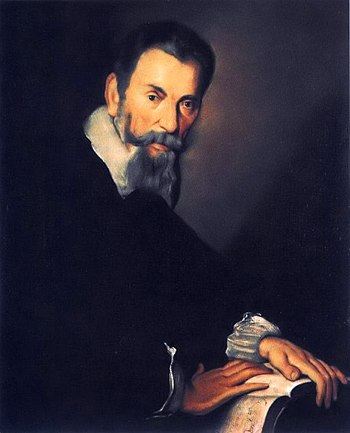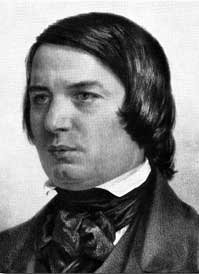Schumann was a great composer of the Romantic era and an influential music critic of his day. As with Beethoven, Schumann suffered a big disappointment in his early career which forced him to abandon his plans to become a famous concert pianist. He led at times a turbulent life and before his death and an attempted suicide he committed himself to a mental institution.
 |
| Robert Schumann in an 1850 daguerreotype. (Photo credit: Wikipedia) |
Having suffered a hand injury in an accident Schumann was made to re-evaluate his life direction and instead he choose to focus his energies into composition. Had this not happened to Schumann or indeed deafness to Beethoven it's entirely debatable whether or not these two giants of the Romantic era would have composed at all, both preferring instead to be performing pianists.
His love life was eventful to say the least however his true love was Clara Wieck whom he met when she was just 15. The pair quickly declared their love for one another however when Schumann asked her father for permission to marry her he was refused and banned from any further meetings with her. This did not stop them and they continued to meet in secret. In 1840 and after a long battle the pair did finally marry and would have 8 children together.
Until 1840 all of Schumann's compositions were for piano however in this special year of marriage to Clara a tremendous outpouring of songs came forth from Schumann and he would also write many other works later in his life within all the various musical forms of the day including an opera.
His influence as a composer is considerable and he was admired by many of his, now famous, contemporaries and successors such as Brahms, Mendelssohn and Elgar. He was a composer who evolved throughout his life and rightfully deserves his place among the great composers for the sincerity and beauty he left to the world through his music.
The author has been writing quality articles for more than 3 years now. Click here to see his latest expert review on travel fishing rods Article Source: EzineArticles |


